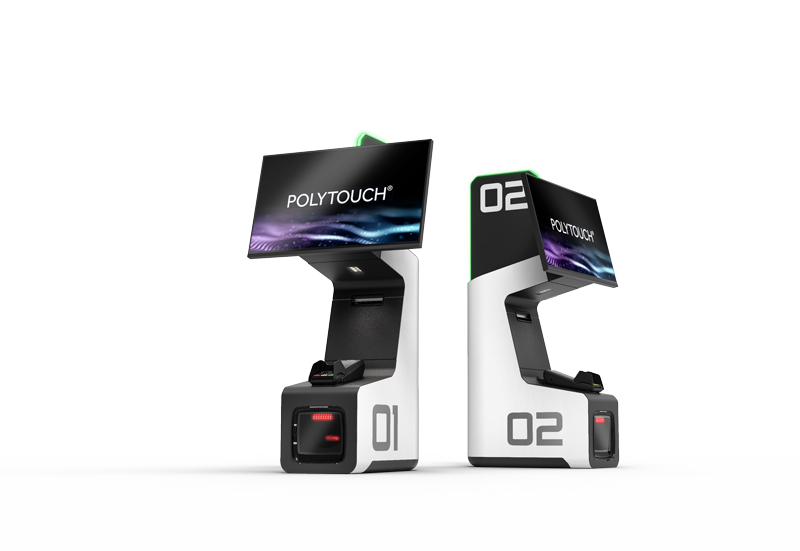FAQ
Why self-checkout?
Entering the world of self-service checkouts or expanding your existing infrastructure is a decisive step towards more customer experience, more turnover and lower costs.
How many self-checkout counters are there?
As of August 2021, 1,319 stationary retail shops operated 7,240 self-checkout systems in Germany.
Compared to 2019, the number of stores increased by approx. 33%, the number of self-checkouts by 35%.
What are the requirements for self-scanning?
Like conventional cash registers, self-checkout solutions must also be connected to the POS or ERP system. If self-scanning is to take place via a barcode, one must be attached to the items. Self-scanning via machine vision requires a self-checkout system with an image sensor and AI software in the back office.
How much does a self-service checkout cost?
The price of a self-checkout solution depends on numerous factors, including the material consumption of the chassis, computing and video performance, the number and type of peripheral modules and any special equipment according to the specific use case. Furthermore, the purchase quantity and the global procurement situation for electronic components and raw materials influence the pricing for a self-service checkout.
The Polytouch® FLEX21.5 is available in a standard version from 1,000 EUR. We also offer an attractive financing model for this self-checkout solution. Our sales department will be happy to advise you on this and the other Polytouch® self-checkout systems.



















